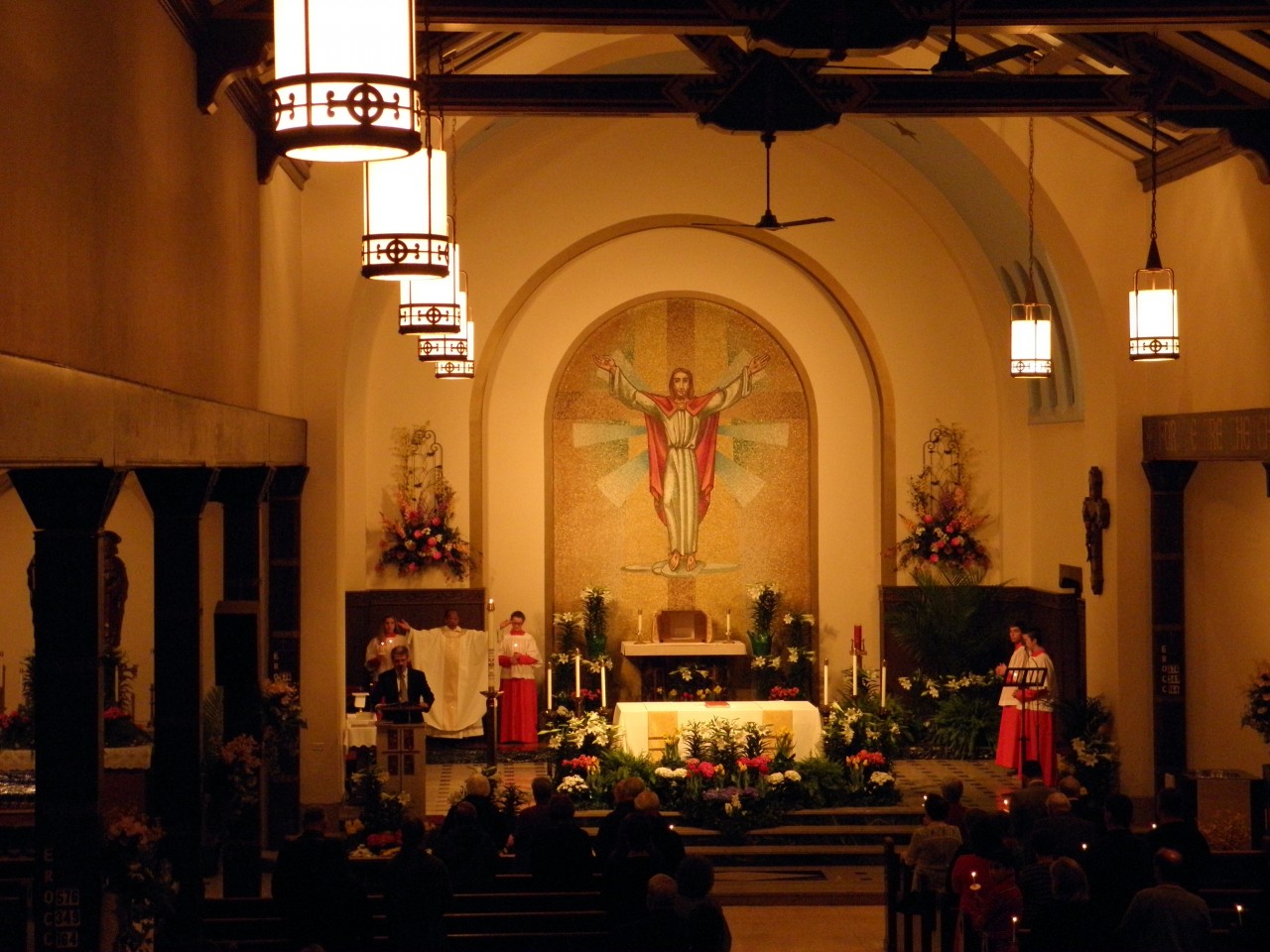The rubrics of the Missale Romanum remind us that this “mother of all vigils” is the “greatest and most noble of all solemnities and it is to be unique in every single Church” ( Missale Romanum, “Rubrics for the Easter Vigil” (EV), no.2). On this holy night, the Church keeps watch, celebrating the resurrection of Christ in the sacraments and awaiting his return in glory. It is the turning point of the Triduum, the Passover of the new covenant, which marks Christ’s passage from death to life. Therefore, the Easter Vigil does not correspond to the usual Saturday evening Mass and its character is unique in the cycle of the liturgical year.
The Vigil, by its very nature, “ought to take place at night” (EV, no. 3). It is not begun before nightfall 1 and should end before daybreak on Easter Sunday. The celebration of the Easter Vigil takes the place of the Office of Readings (EV, no. 5)
.http://www.usccb.org/prayer-and-worship/liturgical-year/triduum/roman-missal-and-the-easter-vigil.cfm
The vigil is divided into four parts:
- Service of Light,
- Liturgy of the Word,
- Liturgy of Baptism, and
- Liturgy of the Eucharist.


